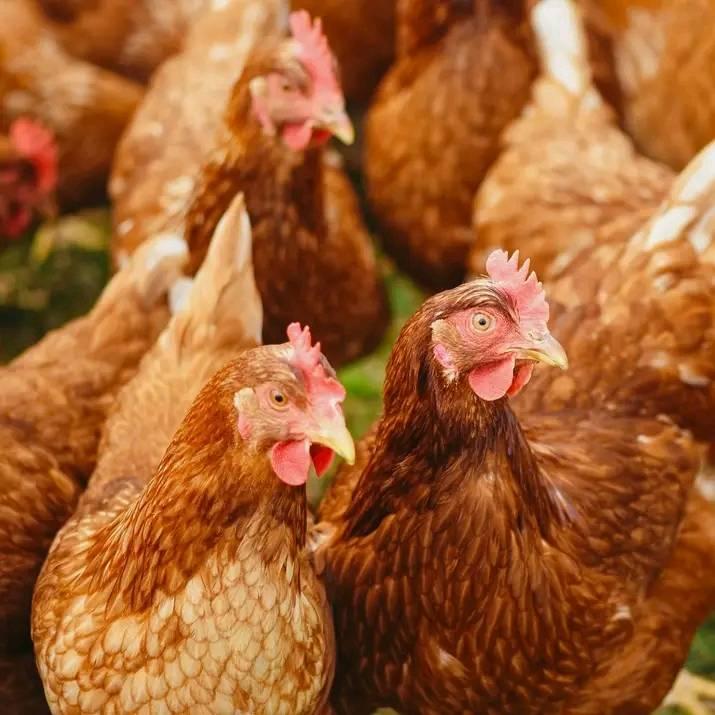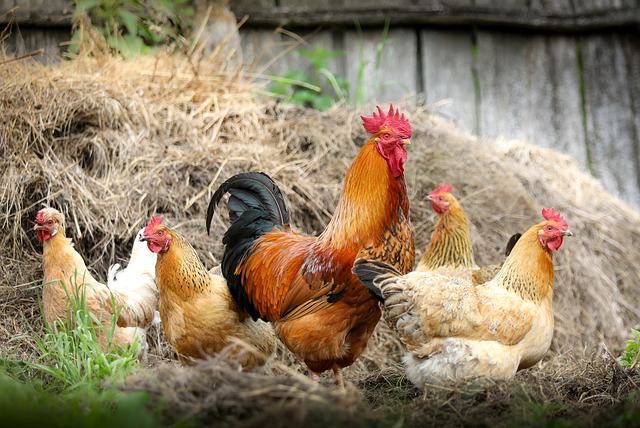Efficient egg production is essential for profitable poultry farming, and identifying non-laying chickens ensures a productive and cost-effective flock. By observing specific physical traits and monitoring behavior, you can quickly separate non-layers from layers.
1. Observe Physical Features
One of the easiest ways to identify non-laying chickens is by examining their physical traits.
Non-Laying Chickens
Non-layers show distinctive signs that set them apart:
- Vent Condition: Dry and inflexible, often with noticeable changes in pigmentation.
- Pigmentation: Yellowish coloring on the eye rings, beak, ear lobes, and wattles.
- Comb and Wattles: Small, wrinkled, and dull, commonly indicating advanced age or inactivity in egg production.
- Abdomen: Firm and hard to the touch, lacking the flexibility seen in laying hens.
Laying Chickens
Laying hens exhibit vibrant physical features:
- Vent Condition: Moist and flexible, a clear indication of active laying.
- Abdomen Flexibility: Soft and pliable. You should be able to fit two fingers between the pubic bones and three to four fingers between the pubic bones and the posterior end of the breastbone.
- Comb and Wattles: Large, red, and glossy, signaling good health and egg production.
2. Assess Molting Status
Molting is a natural process where hens shed their primary feathers and stop laying eggs temporarily. Identifying molting hens can help you avoid mistaking them for non-layers.
- Primary Feathers: Hens have 10 primary wing feathers separated from secondary feathers by a smaller axial feather. Missing or regrowing feathers indicate a hen is molting.
- Regrowth: The presence of new feathers replacing lost ones confirms molting.
Molting is often a temporary pause in egg production, so hens may return to laying after completing the molt.
3. Monitor Egg-Laying Performance
A productive flock should maintain an egg-laying rate of at least 65%. Hens that have laid for over 12 months should be assessed for continued productivity. If replacement chicks are unavailable or too costly, molting can be allowed. However, always evaluate the profitability of retaining these hens.
When to Cull Non-Layers
Dispose of non-layers or older hens that are no longer profitable. Only allow molting if replacement options are limited, and ensure you monitor the flock’s egg production closely to maintain efficiency.
By regularly observing your flock and acting on these signs, you can manage your chickens effectively, ensuring your farm remains productive and profitable.




